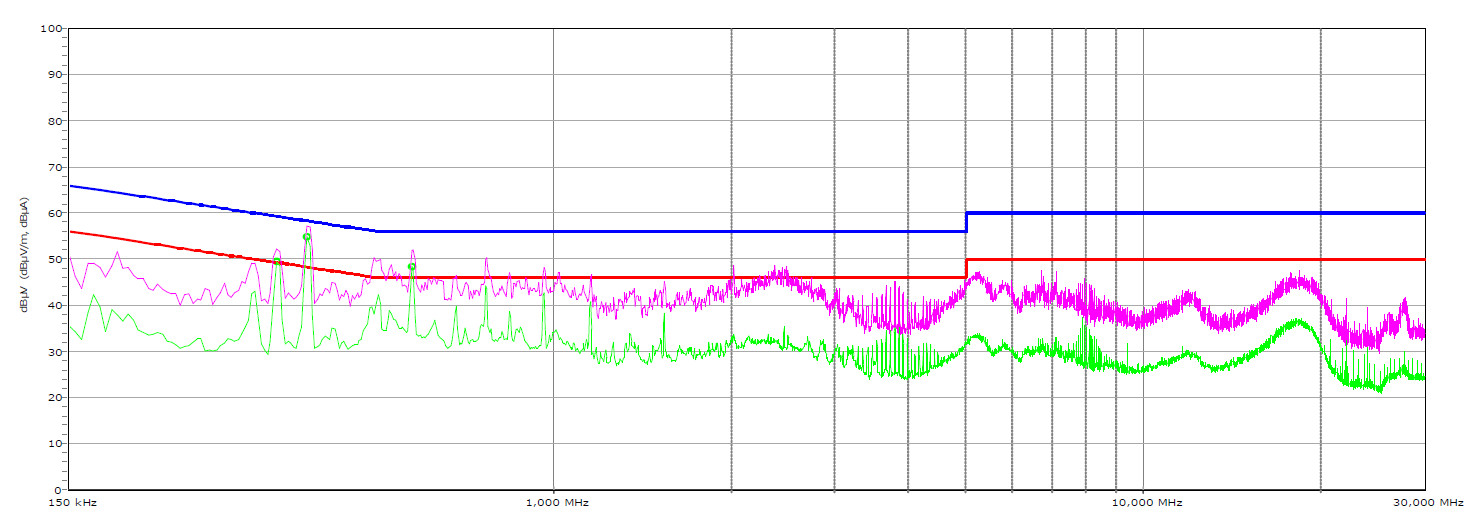Why you can trust Tom's Hardware
Advanced Transient Response Tests
For details about our transient response testing, please click here.
In the real world, power supplies are always working with loads that change. It's of immense importance, then, for the PSU to keep its rails within the ATX specification's defined ranges. The smaller the deviations, the more stable your PC will be with less stress applied to its components.
We should note that the ATX spec requires capacitive loading during the transient rests, but in our methodology, we also choose to apply a worst case scenario with no additional capacitance on the rails.
Advanced Transient Response at 20% – 20ms
| Voltage | Before | After | Change | Pass/Fail |
| 12V | 12.007V | 11.930V | 0.64% | Pass |
| 5V | 5.063V | 4.997V | 1.30% | Pass |
| 3.3V | 3.334V | 3.228V | 3.17% | Pass |
| 5VSB | 5.049V | 4.990V | 1.17% | Pass |
Advanced Transient Response at 20% – 10ms
| Voltage | Before | After | Change | Pass/Fail |
| 12V | 12.007V | 11.898V | 0.90% | Pass |
| 5V | 5.062V | 4.984V | 1.55% | Pass |
| 3.3V | 3.334V | 3.229V | 3.16% | Pass |
| 5VSB | 5.048V | 4.966V | 1.62% | Pass |
Advanced Transient Response at 20% – 1ms
| Voltage | Before | After | Change | Pass/Fail |
| 12V | 12.009V | 11.909V | 0.83% | Pass |
| 5V | 5.062V | 4.996V | 1.31% | Pass |
| 3.3V | 3.333V | 3.225V | 3.24% | Pass |
| 5VSB | 5.048V | 4.997V | 1.01% | Pass |
Advanced Transient Response at 50% – 20ms
| Voltage | Before | After | Change | Pass/Fail |
| 12V | 11.983V | 11.909V | 0.62% | Pass |
| 5V | 5.051V | 4.982V | 1.37% | Pass |
| 3.3V | 3.330V | 3.219V | 3.34% | Pass |
| 5VSB | 5.031V | 4.973V | 1.14% | Pass |
Advanced Transient Response at 50% – 10ms
| Voltage | Before | After | Change | Pass/Fail |
| 12V | 11.984V | 11.890V | 0.78% | Pass |
| 5V | 5.050V | 4.968V | 1.62% | Pass |
| 3.3V | 3.329V | 3.219V | 3.29% | Pass |
| 5VSB | 5.030V | 4.977V | 1.06% | Pass |
Advanced Transient Response at 50% – 1ms
| Voltage | Before | After | Change | Pass/Fail |
| 12V | 11.985V | 11.906V | 0.66% | Pass |
| 5V | 5.051V | 4.987V | 1.26% | Pass |
| 3.3V | 3.329V | 3.214V | 3.45% | Pass |
| 5VSB | 5.031V | 4.978V | 1.06% | Pass |
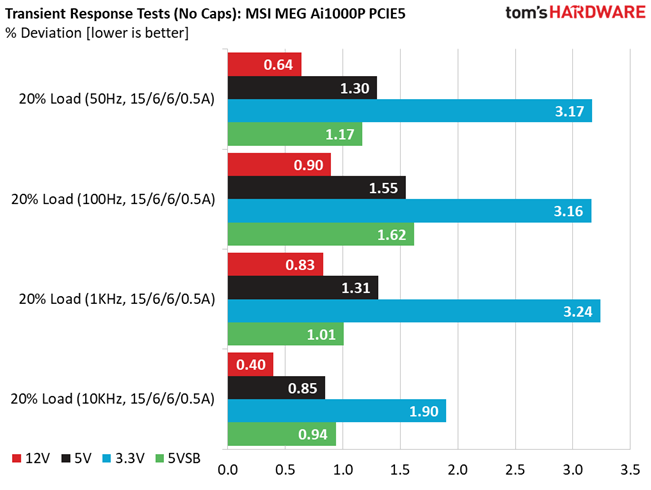
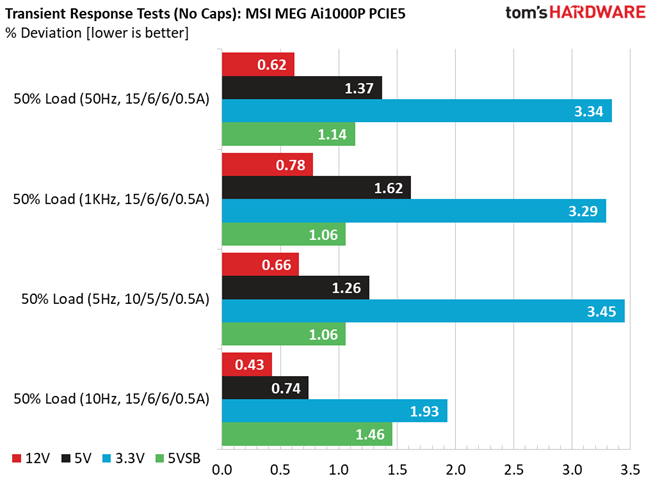
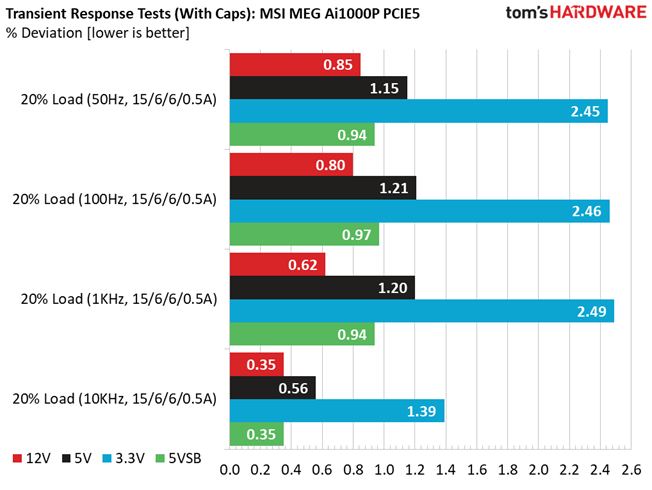
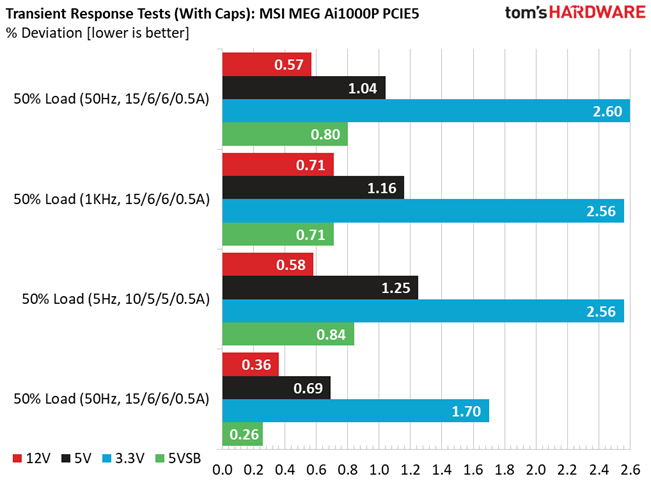
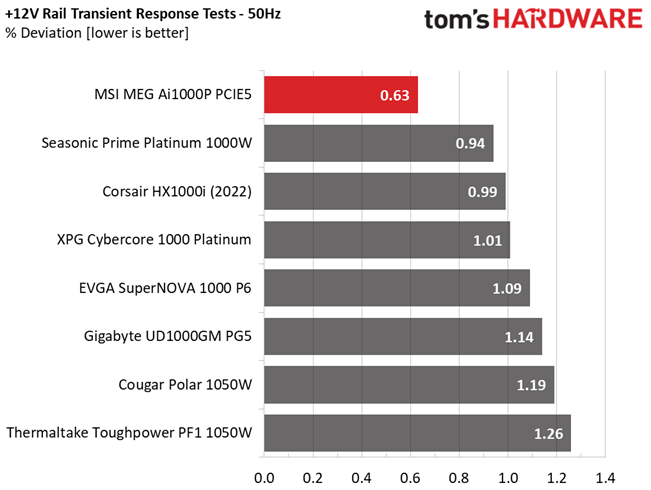
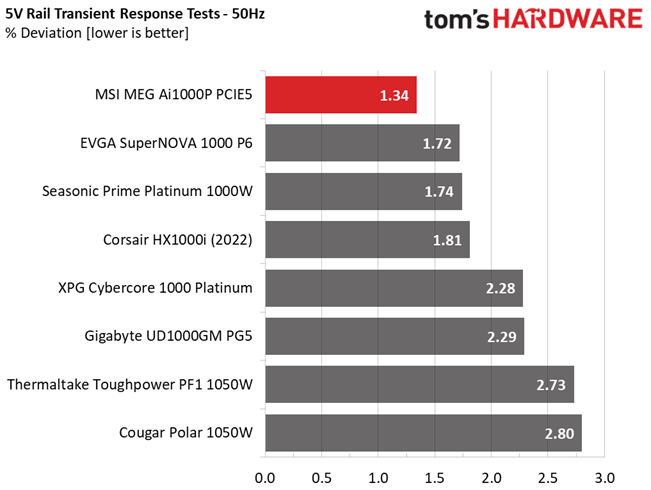
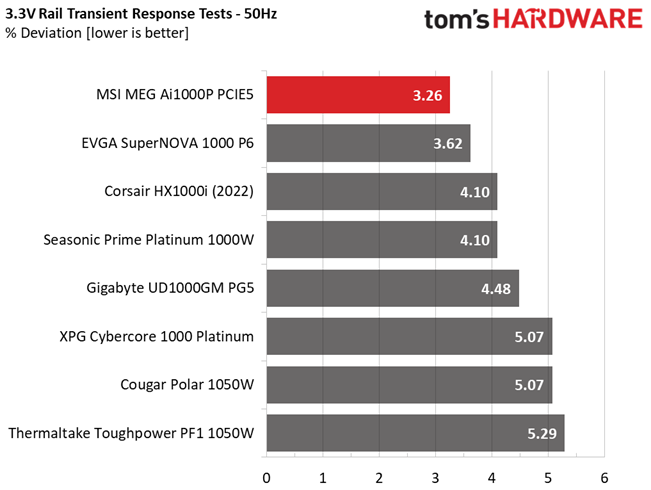

Transient response is great on all rails!
Advanced Transient Response Tests (ATX 3.0 & 12VHPWR)
The Intel ATX v3.0 spec, besides the 12VHPWR connector, also introduced new requirements for transient response testing. You can read more on our ATX v3.0 analysis. So we have to conduct extra transient response tests in the new generation PSUs to check if they meet the ATX v3.0 requirements.

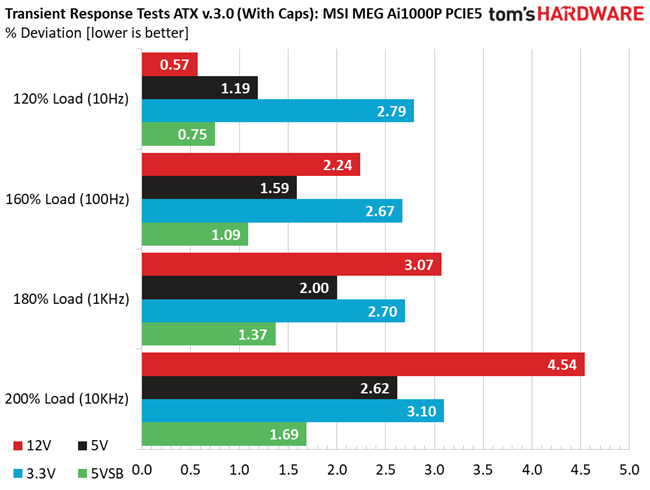
The PSU doesn't have a problem with the tougher ATX 3.0 transient response tests for units with 12VHPWR connectors. All rails are within limits in all tests.
Turn-On Transient Tests
In the next set of tests, we measure the PSU's response in simpler transient load scenarios—during its power-on phase. Ideally, we don't want to see any voltage overshoots or spikes since those put a lot of stress on the DC-DC converters of installed components.
Get Tom's Hardware's best news and in-depth reviews, straight to your inbox.
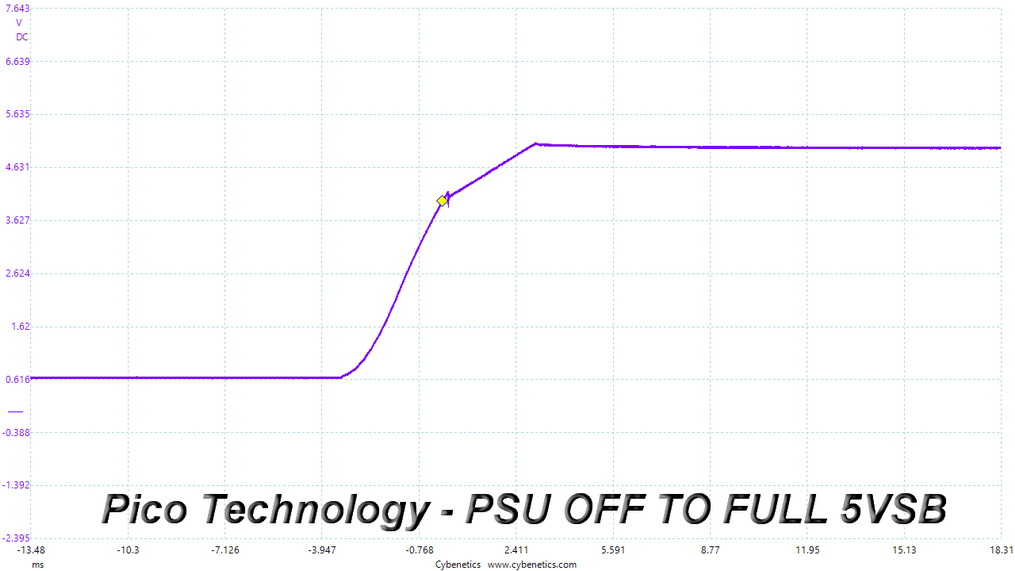

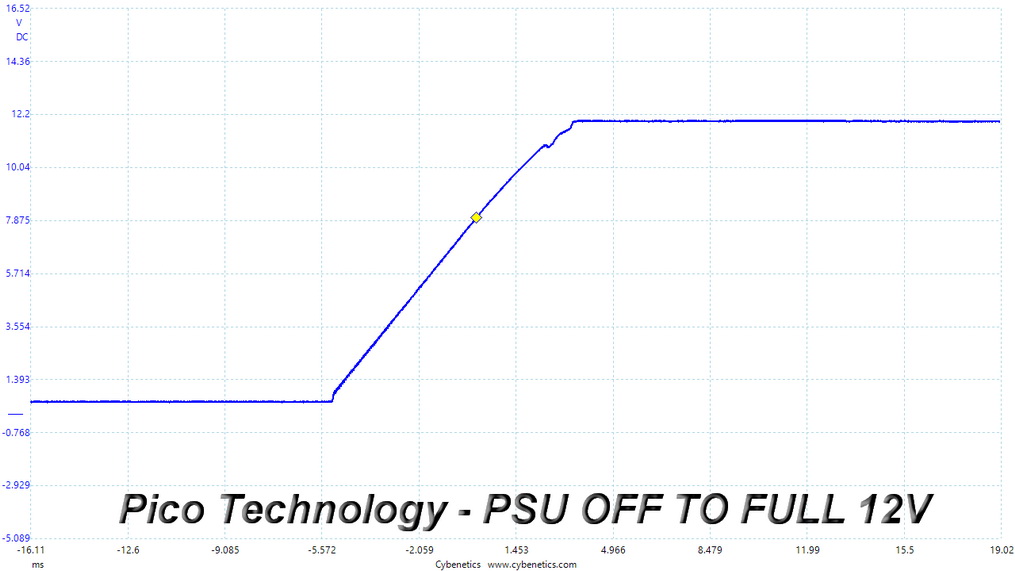
Everything went fine in the turn-on transient response tests.
Power Supply Timing Tests
There are several signals generated by the power supply, which need to be within specified, by the ATX spec, ranges. If they are not, there can be compatibility issues with other system parts, especially mainboards. From the year 2020, the PSU's Power-on time (T1) has to be lower than 150 ms and the PWR_OK delay (T3) from 100 to 150 ms, to be compatible with the Alternative Sleep Mode.
| T1 (Power-on time) & T3 (PWR_OK delay) | ||
|---|---|---|
| Load | T1 | T3 |
| 20% | 68ms | 132ms |
| 100% | 74ms | 127ms |
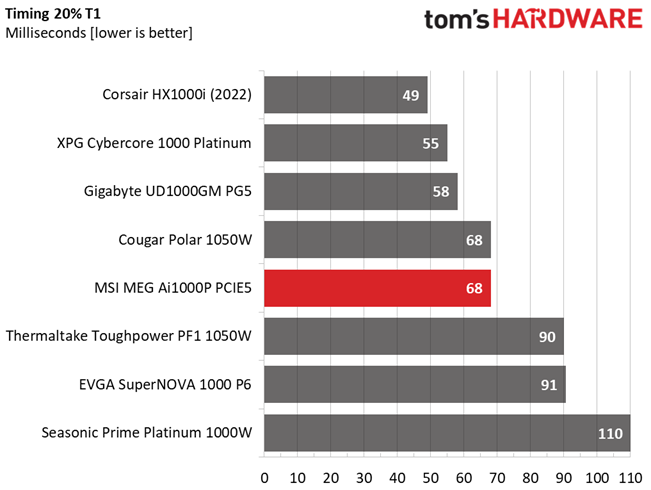
PSU Timing Charts

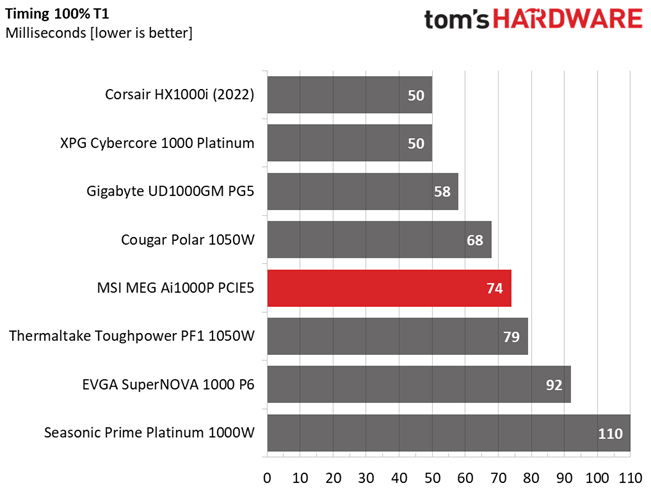

The PWR_OK delay is within the 100-150ms region, so the PSU supports the alternative sleep mode recommended by the ATX spec.
Ripple Measurements
Ripple represents the AC fluctuations (periodic) and noise (random) found in the PSU's DC rails. This phenomenon significantly decreases the capacitors' lifespan because it causes them to run hotter. A 10-degree Celsius increase can cut into a cap's useful life by 50%. Ripple also plays an important role in overall system stability, especially when overclocking is involved.
The ripple limits, according to the ATX specification, are 120mV (+12V) and 50mV (5V, 3.3V, and 5VSB).
| Test | 12V | 5V | 3.3V | 5VSB | Pass/Fail |
| 10% Load | 16.1 mV | 5.4 mV | 5.7 mV | 13.0 mV | Pass |
| 20% Load | 13.7 mV | 5.0 mV | 5.0 mV | 12.4 mV | Pass |
| 30% Load | 17.4 mV | 5.5 mV | 7.4 mV | 12.6 mV | Pass |
| 40% Load | 18.2 mV | 6.3 mV | 6.5 mV | 13.5 mV | Pass |
| 50% Load | 19.7 mV | 6.0 mV | 6.3 mV | 13.6 mV | Pass |
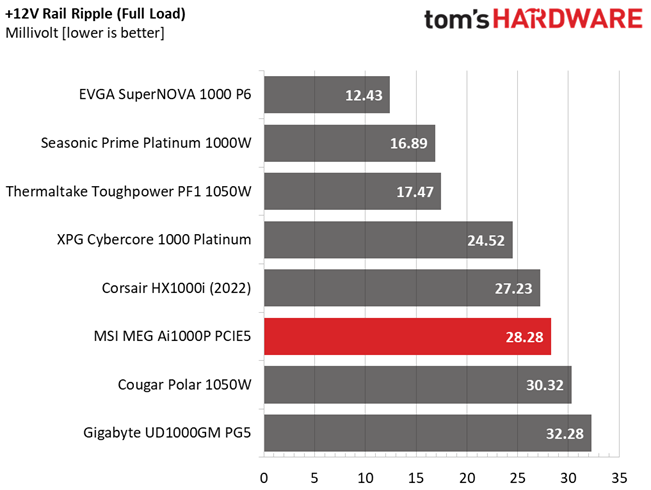



Ripple suppression is good on all rails.
Ripple At Full Load
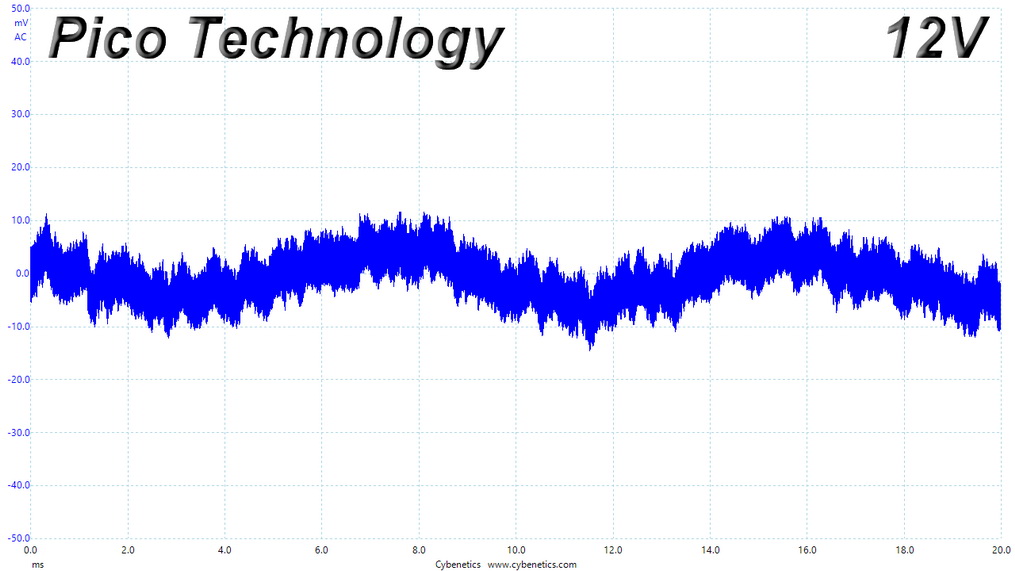
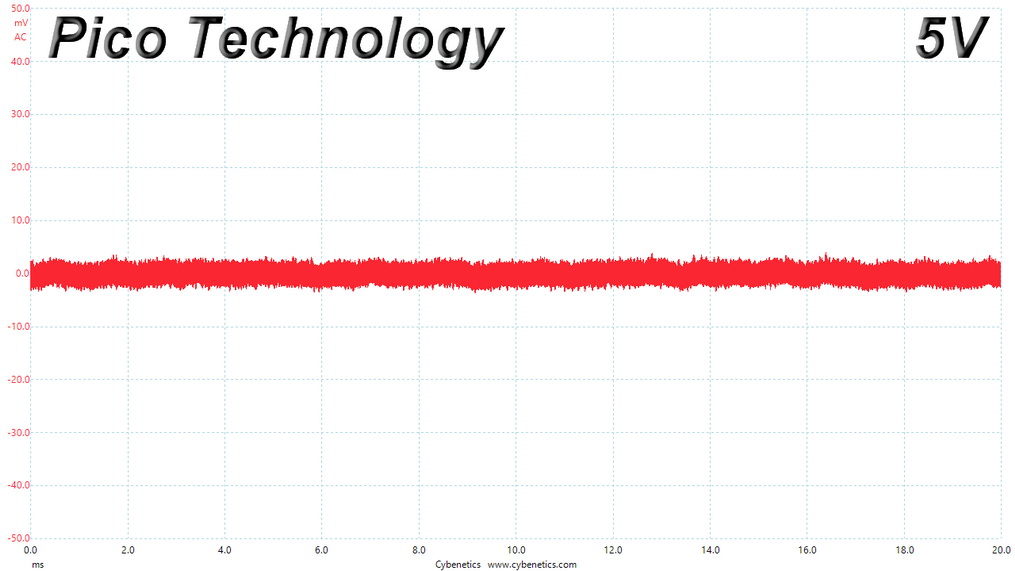
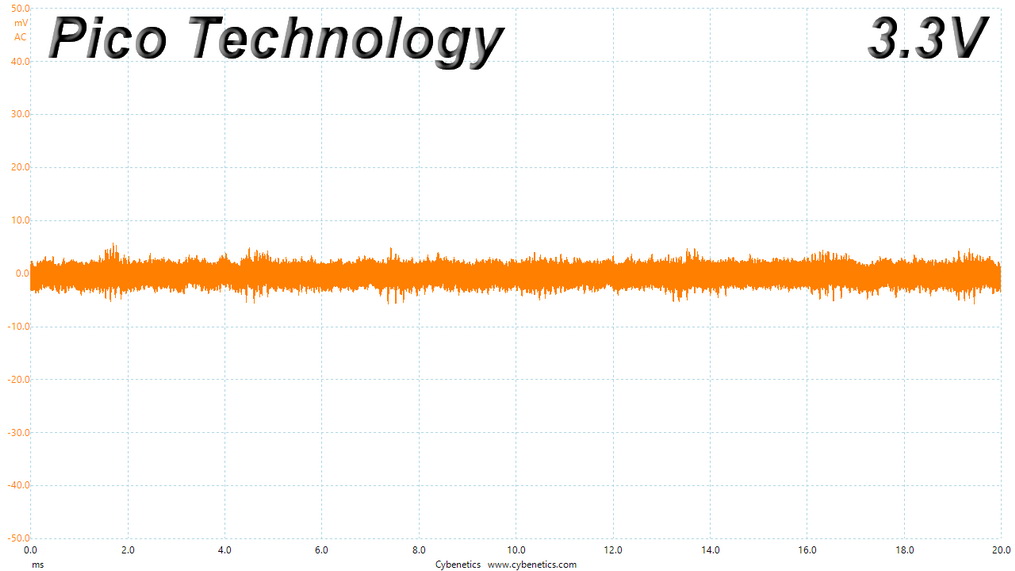
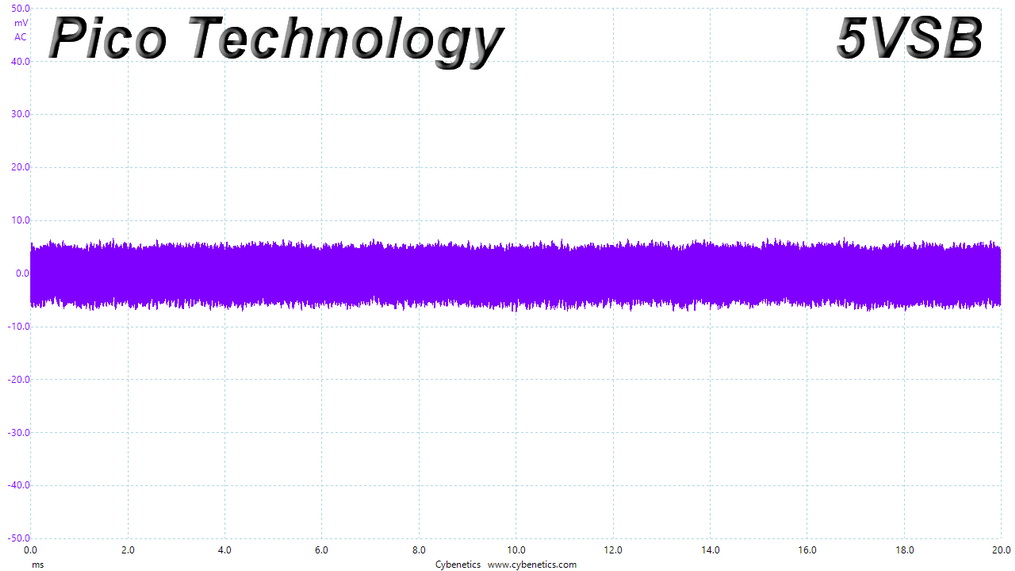
Ripple At 110% Load

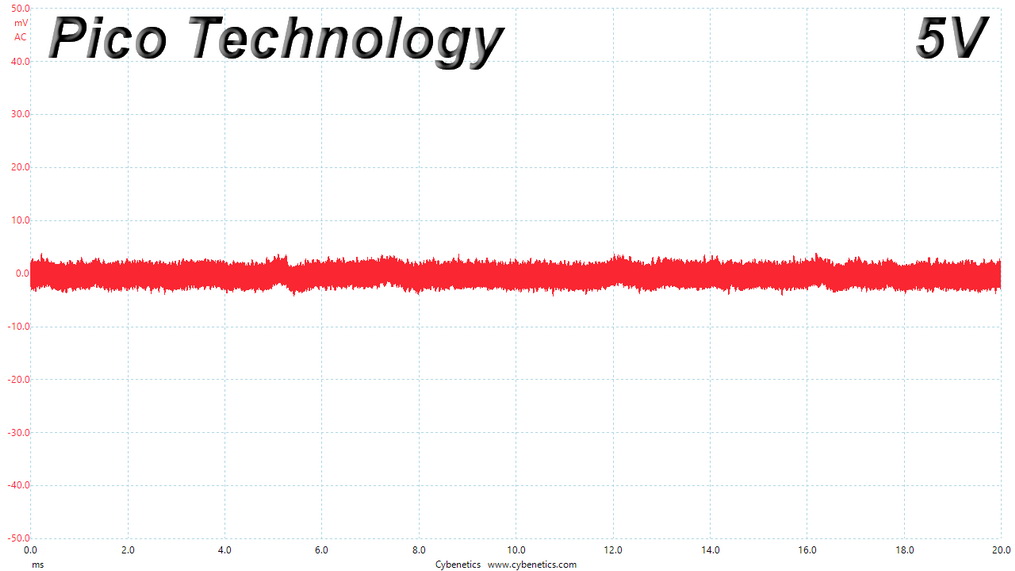
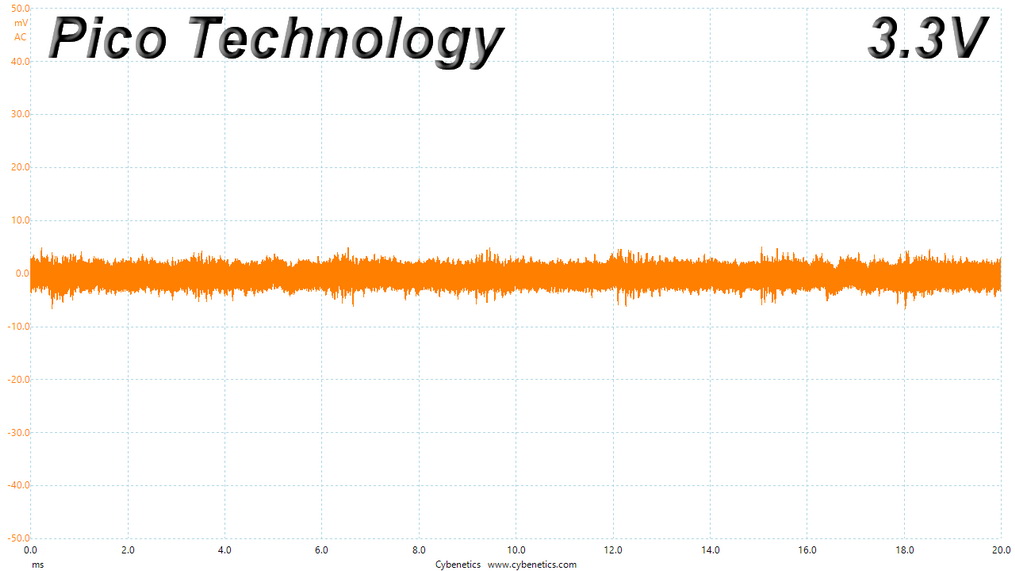

Ripple At Cross-Load 1

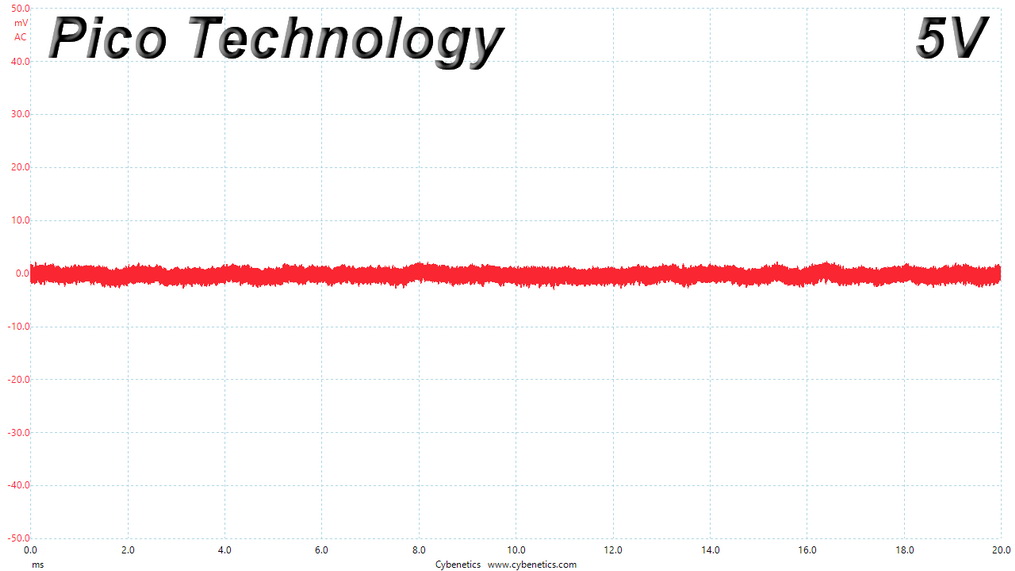
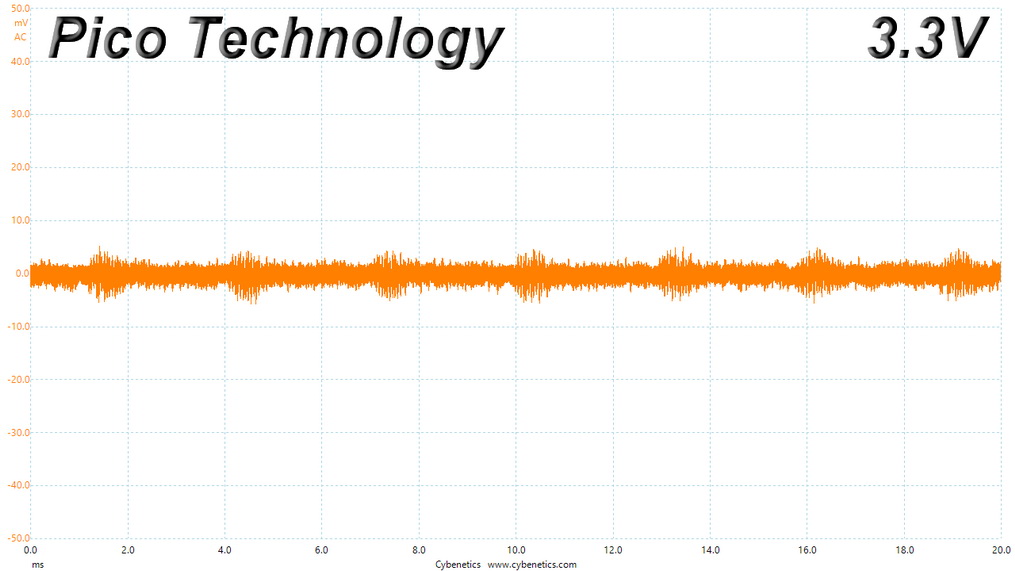
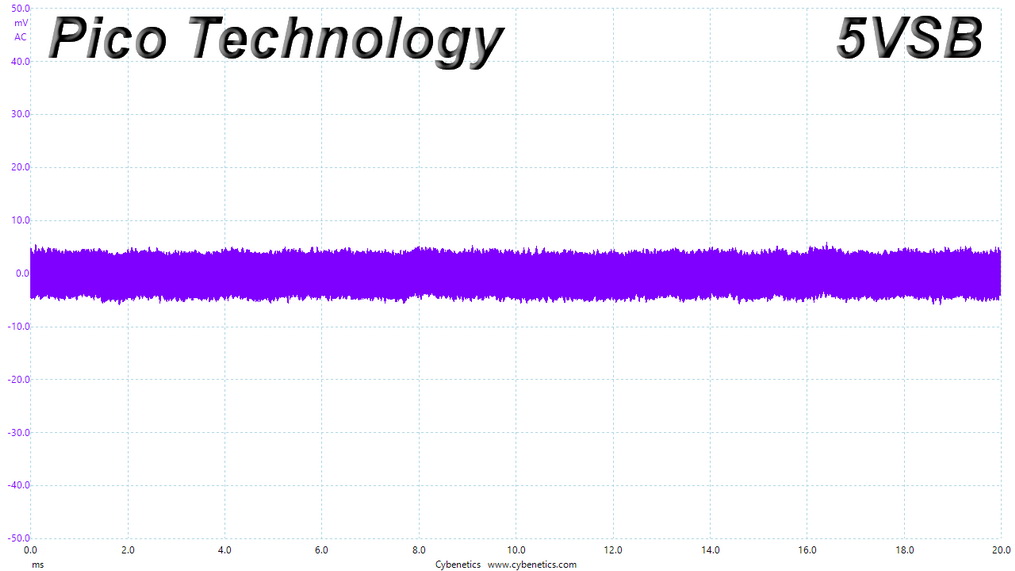
Ripple At Cross-Load 4
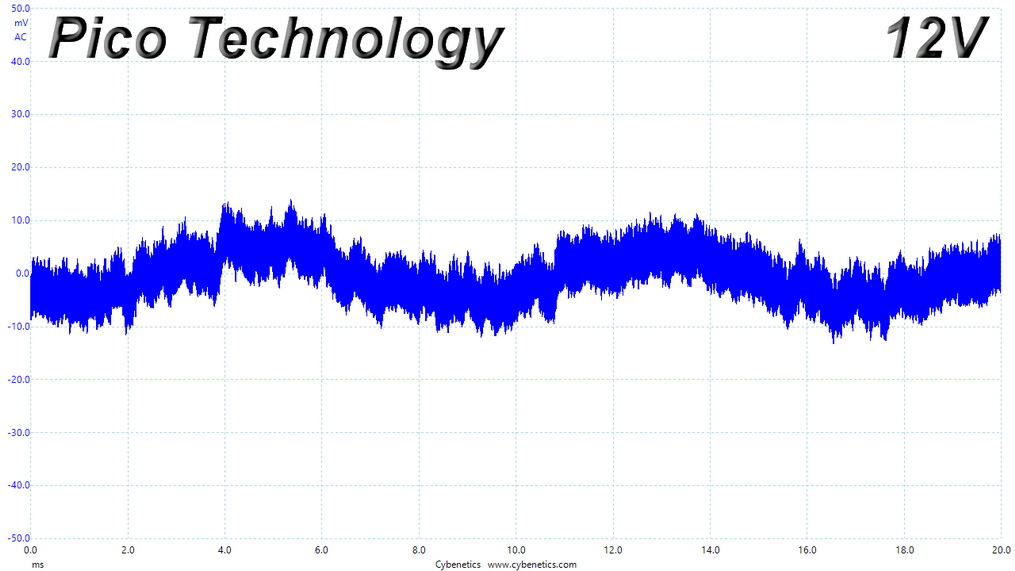
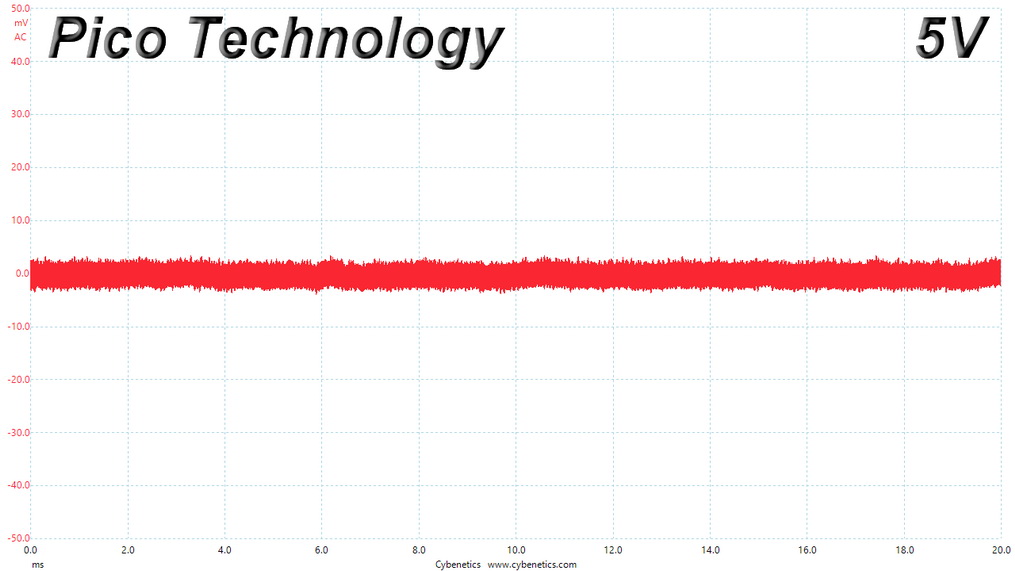
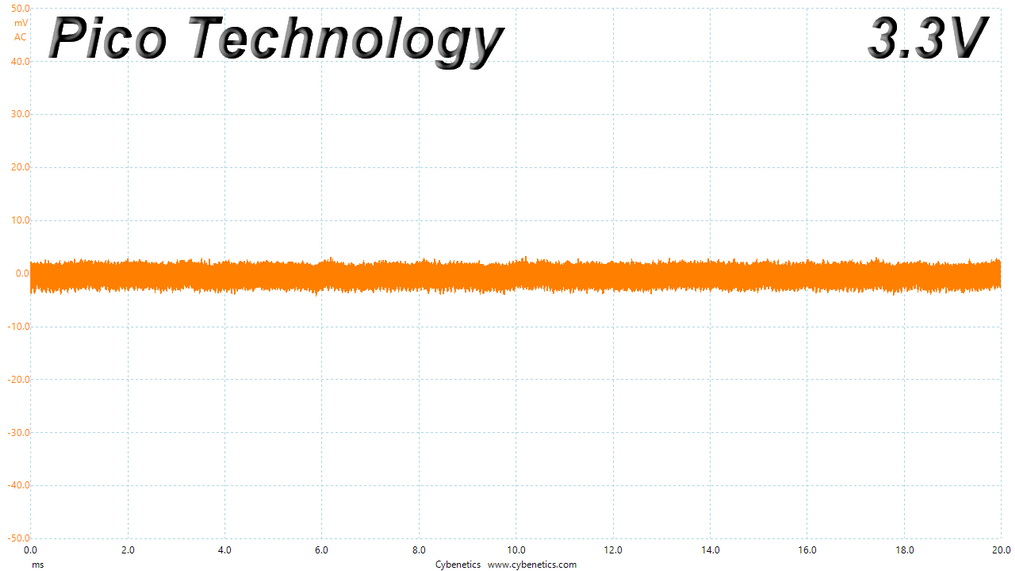
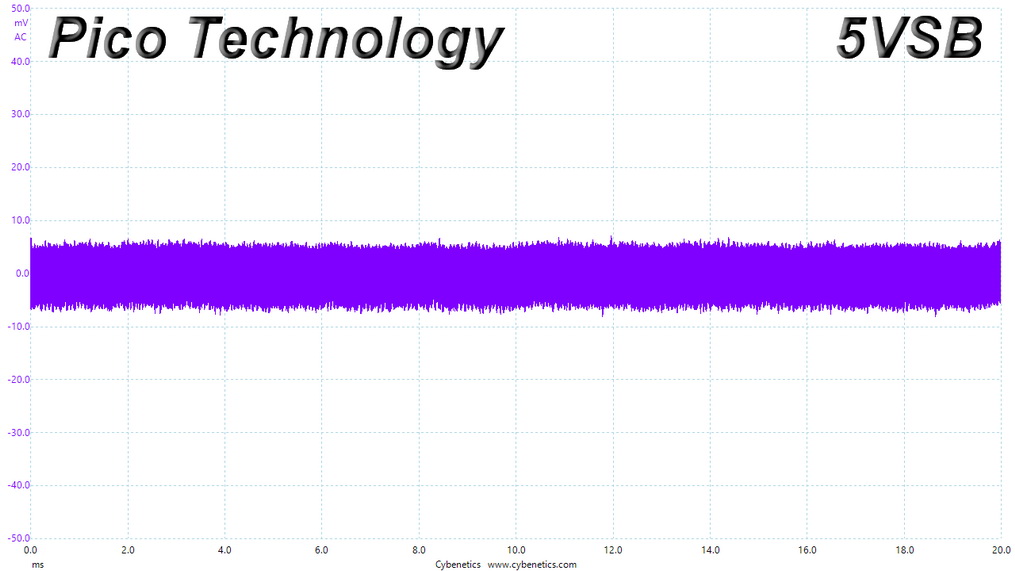
EMC Pre-Compliance Testing – Average & Quasi-Peak EMI Detector Results
Electromagnetic Compatibility (EMC) is the ability of a device to operate properly in its environment without disrupting the proper operation of other nearby devices.
Electromagnetic Interference (EMI) stands for the electromagnetic energy a device emits, and it can cause problems in other nearby devices if too high. For example, it can cause increased static noise in your headphones or/and speakers.
΅We use TekBox's EMCview to conduct our EMC pre-compliance testing.
There are some spikes with the average EMI detector, but everything is fine with the peak EMI detector.
MORE: Best Power Supplies
MORE: How We Test Power Supplies
MORE: All Power Supply Content
Current page: Transient Response Tests, Timing Tests, Ripple Measurements and EMC Pre-Compliance Testing
Prev Page Protection Features, DC Power Sequencing, Cross-Load Tests and Infrared Images Next Page Performance, Noise, Efficiency and Power Factor
Aris Mpitziopoulos is a contributing editor at Tom's Hardware, covering PSUs.
-
tummybunny Thanks for a fantastic and very detailed review. Something that isn't mentioned though is one of the really interesting new features of ATX 3.0.Reply
https://www.techpowerup.com/292563/intel-atx-3-0-16-pin-power-connector-for-pcie-gen5-is-smart-has-four-power-delivery-variants?cp=2
"The 12VHPWR connector has 12 electrical pins and 4 side-band pins, for a total of 16 pins. The side-band pins enable low-fi communication between the power-supply and the graphics card, and two of these pins, labeled "SENSE0" and "SENSE1," let the graphics card know what kind of connector is plugged in, so it can accordingly adjust its power-management."
What difference does this make to GPU performance? Perhaps you could argue it's something better discussed in a GPU review but I would like to hear about it one way or another. -
Hresna Great PSU coverage… although the standard formula I think misses some aspects of a complete review…Reply
For instance this model offers an MSI feature they all “gaming intelligence” via the USB connector… no mention of this in the article or how it works, what it does.
I’ve been a longtime fan of Corsairs ‘i’ series which also use USB as the enabler, for the simple fact that it gives power output readings in hwinfo64 which is a fanstastic tool for dialing in power budgets, overclocks/undervolts, or just… those of us who like numbers and data. I can do without the iCUe software, which thankfully isn’t needed for this.
Does MSI’s GI do that also?
It’s extremely difficult to find PSU models with these sorts of features. At least the ‘i’ thing seems to be catching on and might serve as a semi-reliable indicator between manufacturers. -
halfcharlie ReplyHresna said:For instance this model offers an MSI feature they all “gaming intelligence” via the USB connector… no mention of this in the article or how it works, what it does.
What's this on the first page then?
"there is compatibility with the MSI Gaming Intelligence application, through which you can adjust several settings, like the fan's speed and toggle on/off the single +12V mode while monitoring the PSU's vital functions and power delivery. " Also google exists. -
CheckYourFacts The Author asserts: "The four main FETs are installed into a full-bridge topology. " Where does he get that information from when the vendor says its a "LLC Half Bridge Topology with DC-DC module design "Reply
https://www.msi.com/Power-Supply/MEG-Ai1000P-PCIE5 -
bignastyid Reply
Considering Aris is one of the top experts/reviewers in PSUs and he did a teardown. I'd believe him over the advertised specs any day.CheckYourFacts said:The Author asserts: "The four main FETs are installed into a full-bridge topology. " Where does he get that information from when the vendor says its a "LLC Half Bridge Topology with DC-DC module design "
https://www.msi.com/Power-Supply/MEG-Ai1000P-PCIE5 -
CheckYourFacts Replybignastyid said:Considering Aris is one of the top experts/reviewers in PSUs and he did a teardown. I'd believe him over the advertised specs any day.
This is not about the authors reputation, which i know nothing about. It is about journalistic work ethics, his claim is in clear contradiction to the vendor claims. -
bignastyid Reply
He opened it up and wrote what he found. If anything that would put the companies ethics in question not the reviewers.CheckYourFacts said:This is not about the authors reputation, which i know nothing about. It is about journalistic work ethics, his claim is in clear contradiction to the vendor claims. -
Lutfij Reply
You might want to do a bit of digging and see what Kingston did within the last decade. If you can't find it, I'll help you;CheckYourFacts said:This is not about the authors reputation, which i know nothing about. It is about journalistic work ethics, his claim is in clear contradiction to the vendor claims.
Kingston sent out SSD's to practically every reviewer known to the (tech)community and once sales drove up to remove practically all units off the shelves, people all stated how the speeds weren't the same as seen by reviewers in spite of the advertised material stating otherwise. A further digging by TekSyndicate/Level1 found out about how cherry picked samples were handed out to help garner a better image.
That being said, please stop with the needless jabbing, the question falls onto the brand that sent the review sample out, not the person who opened up the unit to report what he'd seen. You're also talking about Aris, here. You're sneezing towards the wind.
If you believe everything that the brand's marketing material states, then AIO coolers MSI released were the best coolers in the world, not the market, the world. -
Hresna Reply
Okay so I missed that brief description.halfcharlie said:What's this on the first page then?
"there is compatibility with the MSI Gaming Intelligence application, through which you can adjust several settings, like the fan's speed and toggle on/off the single +12V mode while monitoring the PSU's vital functions and power delivery. " Also google exists.
And yes google exists, but my point was, in a review for something, if you’re going to mention a unique feature - something that sets it apart from its competition - might be worthwhile including a fulsome description and reviewing its functionality.
So I retract that it wasn’t described at all.
